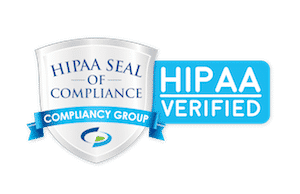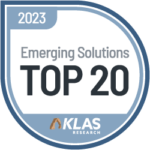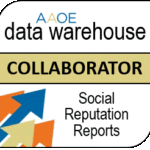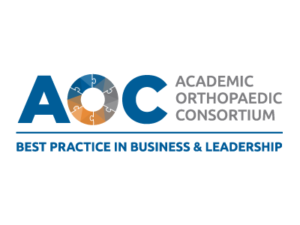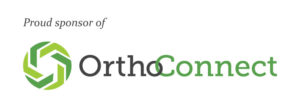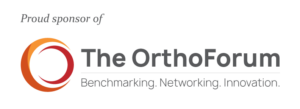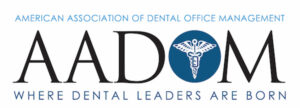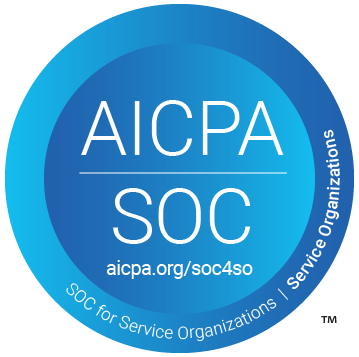Healthcare generates more than 30% of the world’s data, but only 3% of it is utilized to solve problems. Too many organizations collect patient feedback only to let it gather digital dust. Yet patient feedback extends far beyond satisfaction scores—when used effectively, it serves as one of the most powerful tools for preventing medical errors and saving lives.
The research presents compelling evidence. Patient feedback has evolved significantly beyond paper comment cards in hospital lobbies; it’s now a critical component of healthcare safety strategy. Understanding its importance and how forward-thinking organizations implement it effectively reveals substantial opportunities for improvement.
The Data Hiding in Plain Sight
A study published in the Journal of Patient Safety found that hospitals with higher patient experience scores had significantly lower rates of hospital-acquired infections, readmissions, and mortality. This demonstrates the value of creating connected healthcare operations where patient voice becomes integrated into an organization’s safety ecosystem.
Patients function as the ultimate observers of their care experience. They notice things providers might miss: communication gaps between shifts, medication confusion, and environmental hazards that staff may overlook. When healthcare organizations attentively analyze patient feedback, patterns emerge that can prevent serious safety events.
This concept isn’t novel. Patients and families have consistently identified safety concerns, often before clinical staff recognize them. The difference today lies in available technology that can capture, analyze, and act on this feedback in real-time rather than waiting for quarterly satisfaction reports that provide minimal practical value.
From Reactive to Predictive: The Power of Real-Time Feedback
Traditional patient satisfaction surveys function like viewing patient safety through a rearview mirror, revealing problems long after they’ve occurred and it’s too late to intervene. Modern feedback platforms transform this reactive approach into a proactive strategy that prevents adverse events rather than simply documenting them.
The breakthrough comes from integrating patient feedback with other operational metrics—staffing levels, infection rates, readmission patterns—creating a comprehensive healthcare intelligence system. These integrated platforms deliver immediate alerts to care teams when patients express concerns, eliminating delays that previously rendered feedback ineffective.
Instead of waiting for quarterly reports, healthcare teams can now respond in real-time when a patient mentions medication confusion or other safety concerns. This shift from retrospective analysis to immediate intervention fundamentally changes how organizations leverage patient insights to improve safety.
Organizations utilizing these connected feedback systems report medication errors, environmental hazards, and communication breakdowns while patients remain under their care. This prevention rather than detection method is the optimal approach to healthcare safety.
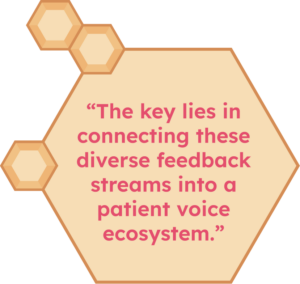 Beyond CAHPS: Capturing the Complete Picture
Beyond CAHPS: Capturing the Complete Picture
CAHPS scores remain important for regulatory compliance and public reporting. However, organizations relying solely on these metrics miss significant valuable patient insights. The most successful healthcare institutions supplement CAHPS with comprehensive feedback tools that capture insights across the entire care continuum.
This approach can incorporate feedback from outpatient visits, emergency department encounters, telehealth appointments, and follow-up care. Each touchpoint reveals distinct safety insights that traditional surveys fail to capture.
The key lies in connecting these diverse feedback streams into a patient voice ecosystem. When patterns become visible across multiple touchpoints, organizations can identify systemic issues that wouldn’t appear in isolated surveys.
Transforming Feedback Into Actionable Safety Insights
The true value of patient feedback emerges through aggregated data analysis. Individual comments provide helpful information, but analyzing hundreds or thousands of responses reveals patterns that illuminate hidden safety issues.
For example, when multiple patients consistently report confusion about discharge instructions, this indicates more than a communication problem—it represents a safety risk, potentially leading to medication errors or missed follow-up care. When patients frequently mention feeling rushed during consultations, this might signal staffing challenges that could result in overlooked symptoms or inadequate care planning.
Healthcare organizations that excel in this area create a culture of safety, where patient feedback informs everything from policy changes to staff training. They transcend mere data collection by dismantling silos and connecting patient voice to risk management, quality improvement, and clinical decision-making.
The Enabling Technology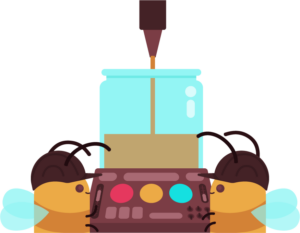
Modern patient feedback platforms offer sophisticated capabilities, integrating with electronic health records, enabling multi-channel feedback collection and utilizing analytics to identify trends and predict outcomes. However, implementation experience demonstrates that technology represents only part of the solution.
The greater challenge involves creating workflows that make patient feedback actionable without overwhelming already stretched healthcare teams. The most effective platforms automate routing of safety concerns to appropriate departments, provide real-time dashboards for leadership, and integrate with existing quality management systems.
Cultivating a Culture Where Patient Voice Matters
Technology alone cannot transform patient safety—organizational culture must align with this objective. Healthcare organizations that successfully implement feedback-driven safety improvements share several key characteristics:
- Leadership actively reviews and acts on patient feedback
- When executives demonstrate that patient voice informs strategic decisions, it signals to the entire organization that this data matters
- Frontline staff receive training on effective feedback collection and appropriate responses to safety concerns
Most significantly, these organizations close the feedback loop with patients. When patients observe that their input leads to tangible improvements (better signage, clearer discharge instructions, enhanced communication protocols), they become more likely to continue providing candid feedback and recommend the organization to others.
 Measuring Success: Beyond Traditional Metrics
Measuring Success: Beyond Traditional Metrics
While satisfaction scores and conventional safety metrics remain important, the most successful feedback programs track leading indicators that predict future performance. These include response rates across different demographic groups, the time from feedback submission to action, the number of safety issues identified through patient reports, and staff engagement with the feedback data.
Organizations monitoring these leading indicators can implement proactive adjustments to their feedback programs and safety initiatives rather than waiting for traditional metrics to reflect problems that have already occurred.
As healthcare technology continues evolving, patient feedback will become increasingly integrated into safety and quality improvement efforts. Artificial intelligence is beginning to identify patterns in patient feedback that predict safety events before they occur. Organizations establishing strong feedback foundations today position themselves advantageously to leverage these emerging capabilities.
The Final Assessment
Patient feedback represents one of healthcare’s most underutilized safety resources. When organizations progress beyond traditional satisfaction surveys to embrace comprehensive, real-time feedback systems, they gain unprecedented insights into patient experiences and safety concerns.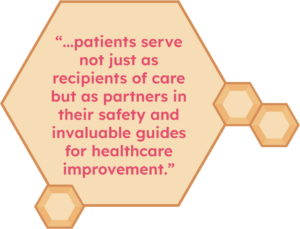
The question isn’t whether patient feedback can enhance safety—it’s whether healthcare organizations are prepared to connect their operations, eliminate silos, and genuinely listen to what their patients communicate. Ultimately, patients serve not just as recipients of care but as partners in their safety and invaluable guides for healthcare improvement.
For more information about patient experience solutions that help healthcare organizations improve both safety and satisfaction, visit socialclimb.com.



